Steps for Caring for Metal Roofs
Roofs made from metals last longer and require less maintenance than most other materials.
Roofs made from metals last longer and require less maintenance than most other materials. With proper care and due diligence, metal roofs can keep water out for more than a half-century. As the owner of a metal roof, however, periodic maintenance is still necessary. While inspecting the roof, carefully look for any holes or gaps that might be found. After promptly fixing or mending these, follow these steps.
Remove debris, such as wind-blown leaves and branches, from the roof as often as possible. Metal roofs are created to shed water and then dry. Built-up debris can stop water from draining into the gutters, possibly leading to corrosion and the failure of roofing materials.
Clean the gutters at least twice a year. Metal roofs excel at shedding leaves, seeds, and pods. If the house is near many trees, inspect the gutters for clogs and buildup a couple of times each spring and fall.
Use a brush with soft bristles or another low-impact method to remove unwanted items such as branches, leaves, or trash from the rooftop and gutters. Avoid hoses and pressure washers, as these can force water under roofing materials, leading to rot, leaks, and other damage.
Inspect caulking and other forms of sealant at the seams and edges of the metal roof. Sealants keep moisture and other unwanted substances from reaching under the roofing materials and into the home. Re-apply sealant anywhere it’s rotted out or missing.
Tighten or replace any loose screws, especially around ventilation stacks. To avoid streaks and leaks, use fasteners that won’t corrode or rust.
Keep foot traffic to a minimum. An unqualified person walking around on a metal roof can enter the wrong place and damage or dent its relatively thin surface. Professional roofers are trained to step only on rafters and trusses, thus avoiding placing too much weight on an unsupported section of the roof.
In addition to these tips, keep trees and other plants from touching or scraping the metal roof. A tree branch moving in the wind might rub off protective coatings or puncture the metal. Removing or cutting back tree limbs can be tricky and dangerous work, so consider hiring a professional tree service to perform this task.
Irish Roofing Company provides Scottsdale with residential tile roof installation and replacement, shingle roof installation and replacement, metal roof installation and replacement, roof repair, roofing maintenance, and roof inspection services. Count on our uniformed, knowledgeable, and experienced roofers for high-quality roofing solutions.

